Why marketers are unfazed by digital rate hikes, and implications for ROI
Media has been inundated with news of rate hike by leading digital platforms, and marketers not shying away from paying the increased rate. A reminder of the days when satellite television began to grow and increase in ad rates was a frequent topic of discussion. In a way an endorsement of the medium’s effectiveness by the marketers.
Sahil Shah, VP - Operations and Media, WATConsult West & South shares a report indicating steady growth in digital spends in the last couple of years, “In 2017, digital ad spends in India stood at Rs 9,266 crore, 27 per cent higher than in 2016, according to the ‘Digital Advertising in India 2017’ report. The growth in spends on digital advertising is expected to continue at 30% CAGR to touch Rs 12,046 crore by December 2018, and for the next two to three years too.”
Sanjay Tripathy, Co-founder & CEO, Agilio Labs agrees, “Clients now have comparatively higher budget for Digital. As per the industry estimates, it can be in the range of 15-18% of overall ad pie. But some categories spend even higher.”
With digital gradually emerging as the centerpiece of marketing communication for many brands, history is getting repeated, protagonist though is different. Anita Nayyar, CEO, Havas Media, Southeast Asia pinpoints the reasons for this increase, “It is a clear and simple case of demand and supply especially for what works. We have seen the galloping growth in the digital domain. When the demand increases and that too for effective platforms the cost is set to increase. The same is true here as well.”
Vishal Chinchankar, Chief Digital Officer, Madison World adds another dimension to the ad rate hike - smartphones and data coming at a much lower price now, increasing the mobile foot print phenomenally. He says, “In last few years, Digital ad rates have been going southwards, while the markets have been dominated by the duo (Google and Facebook) and this duopoly is only getting stronger. Primarily this is an impact of the Reliance Jio - data story. Evolved advertisers may not shy away from such an increase in ad rates, however, advertisers with limited budgets would look at alternate options.”
Shah, however, presents a different perspective on the rate hike, “Mistake we are all making is comparing the new buying rate of YouTube masthead to a high ad rate increase which is not entirely true. Increase in monies is due to an increase in the reach, that is bumping the cost. The cost per reach has just marginally increased. Having said that, some publishers will continue to charge premium compared to the rest, while keeping up their standards of high viewability and brand safe environments.”
Tripathi believes that rate hike by players like YouTube and Facebook is justified as they deliver optimum value to the marketers. He expresses, “For Digital Impact properties there are few options like YouTube mast head/high impact fixed home page is where the cost has gone up much higher. Facebook has decluttered ads this year. So, newsfeed ad rate has gone up almost by 100%. These 30-40% higher rates for key digital platforms will work as they show increase in reach, higher engagement and time spent by the users.”
Whatever maybe the reasons for the increased digital ad rates, marketers obviously are not deterred by the price hike. Digital platforms are hence exploring the option of increasing inventory to service the increasing demand. Mayoori Kango, Managing Director, Performics.Resultrix explains, “You have new inventories being added every day. Look at video, a few years back, it was just the YouTube’s of the world but today you have all the other OTT players who are showing huge numbers, be it Hotstar or Zee5 or regional Players like VIU.”
To borrow from Nayyar’s quote, it is a classic demand-supply equation. With Indians getting online like never before, it is becoming obvious that to reach them at the right time and place, marketers need to get online too. Chinchankar takes the discussion further, “India has added 200 internet users in one year, which we never added in the entire decade gone by. Frequency and time spent on digital has gone up by 400 per cent. Hence, Ad Inventory supply too has increased tremendously. “
Nayyar is quick to caution, “Increase in inventory should not lead to intrusion and impact efficiency of the platform.”
Taking the discussion on efficiency forward, with increased prices and added inventories, would it be lesser bang for the buck? Kango disagrees, “I don’t think it is lesser bang for the buck at all. As I mentioned, if you look at the effective CPM, it remains the same in many cases. It is just that you now have a much larger audiences to reach.” However, she warns, “Conversation of brand safety, viewability becomes even more important now. Publishers who will allow third party tracking will be able to justify the cost, increase those who don’t might feel the brunt of spends moving away to those who do.”
It all ultimately boils down to return on investment – mapped against the tangible and intangible marketing objectives. Would the rate hike and increased ad space lead to lower return on investment! Experts believe that it all depends on the strategies being adopted while buying. Kango expresses, “Clients who push for strong planning principles; measurability and publishers who support that will continue to deliver ROI. Those who are spraying and praying and just buying cheap inventory will not be able to do so.”
Chinchankar endorses, “If you focus on your right bidding strategy, and when you know the sweet spot of the desired outcome then it is a winning story. I strongly believe that because of increased inventory, overall marketing outcomes can be optimized with better media planning.”
Be there at TMMS2018 for an extensive discussion on digital/mobile ad rates and what drives them








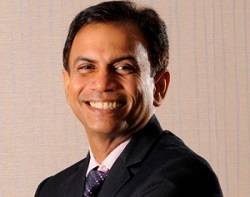

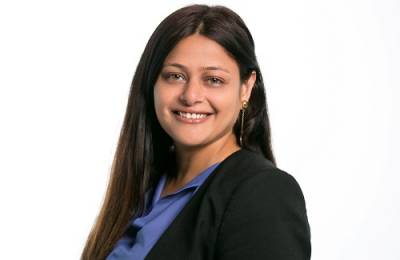
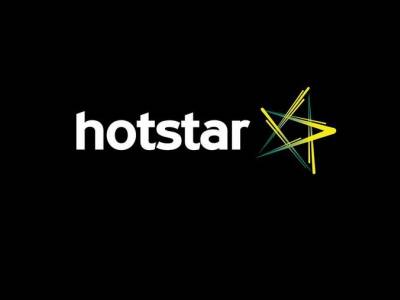


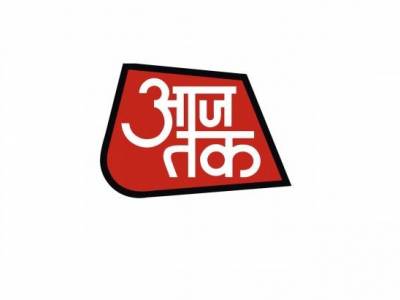
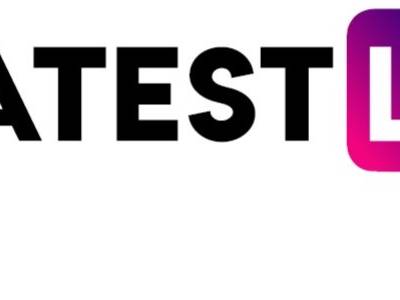
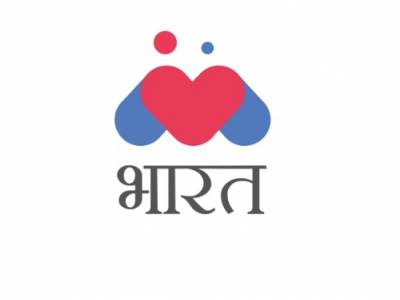

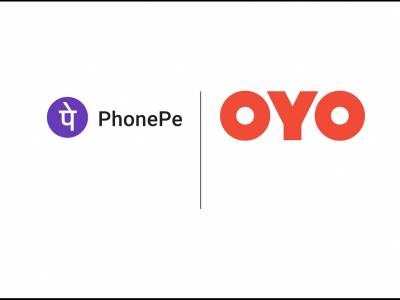







Share
Facebook
YouTube
Tweet
Twitter
LinkedIn